Volvo XC90. Тест-драйв 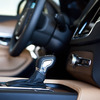

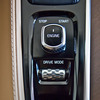
 Вся галерея мероприятия
Вся галерея мероприятия
The well-known historical fact: the three-point safety belt invented is Volvo. Many systems are embedded in the future other automotive companies also belong to them. And the promise of 2020 to achieve zero deaths in traffic accidents in the Volvo car is worth a lot. I think the Swedes will cope. 


 Вся галерея мероприятия
Вся галерея мероприятияWork on the new Volvo XC90 lasted about four years, which by today's standards very much. Budget car was about $ 11 billion.

From 2015 Volvo cars are equipped with a braking function in the event of rotation, consisting of a set of measures to oncoming traffic and protection in case of exit from the road, all seats are equipped with seat belts with height adjustment, and a special energy-absorbing seat structure reduces the impact of vertically acting loads. Moreover, all seats are equipped with a second-generation system of protection against whiplash injuries.
In fact, it is surprising, as the company invested in safety, even where it does not even require any rules.
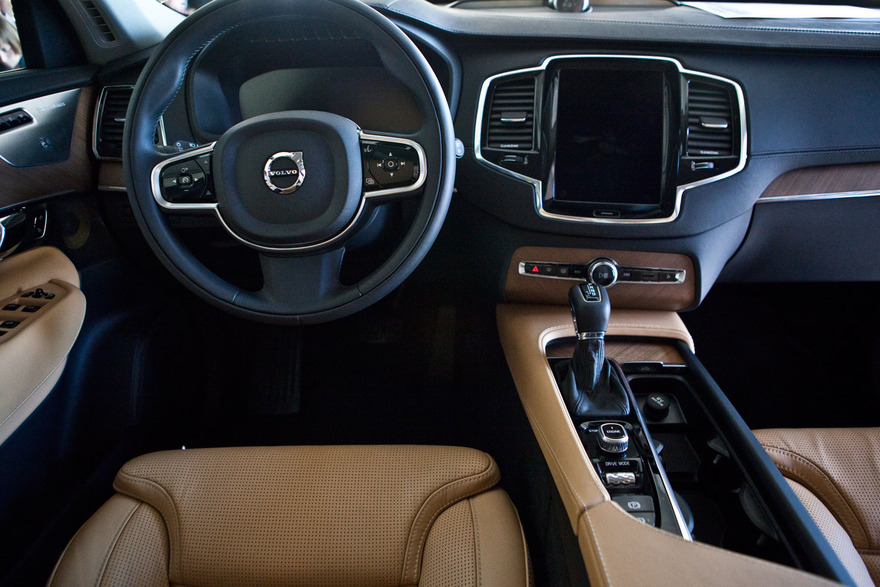
After research of various road accidents, the company found that most injuries associated with the vehicle leaving the roadway. After that it was developed passive safety requirements, which are now strictly observed. For example, out of the seats have been removed all the equipment, including power seats. This freed the order of 13 centimeters, which actually go nowhere when hitting the bottom, but the crash test statistics says that because of the receipt of the additional space under the front seats, the risk of spinal injury for the driver and front passenger is reduced by 30%.

For seven years, were carried out stress tests with the help of the robot, which led to the introduction of a number of technologies, including the installation of sensors that recognize when the vehicle leaves the road. Immediately triggered pretensioners and willingness to come to the other driver and passenger safety.

Especially interesting to me was to compare the Volvo XC90 with the new Mercedes E-class. Both vehicles are highly technological, but the difference lies in the way that the producers have chosen towards safety.

Mercedes has a new very smart machine that in a fairly near future is able to acquire artificial intelligence. This car very soon will not in principle need a driver or would perceive it as an unnecessary appendage and be able to do without a man. It is curious, fantastic and very cinematic. Most likely, it will also be in high demand: how convenient — tired or drunk, turned on the autopilot, and you are transported to the specified location.
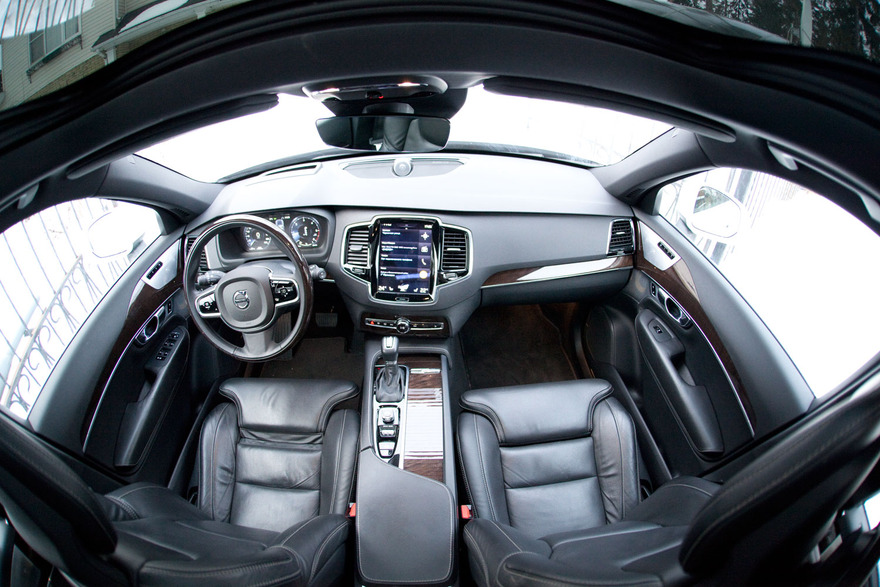
Volvo took a different path. They kept the man in the car as the main component, but tried his best protect against mistakes and their consequences.
Now it is difficult to predict which way is the most correct, but exactly — both very interesting and worthy.
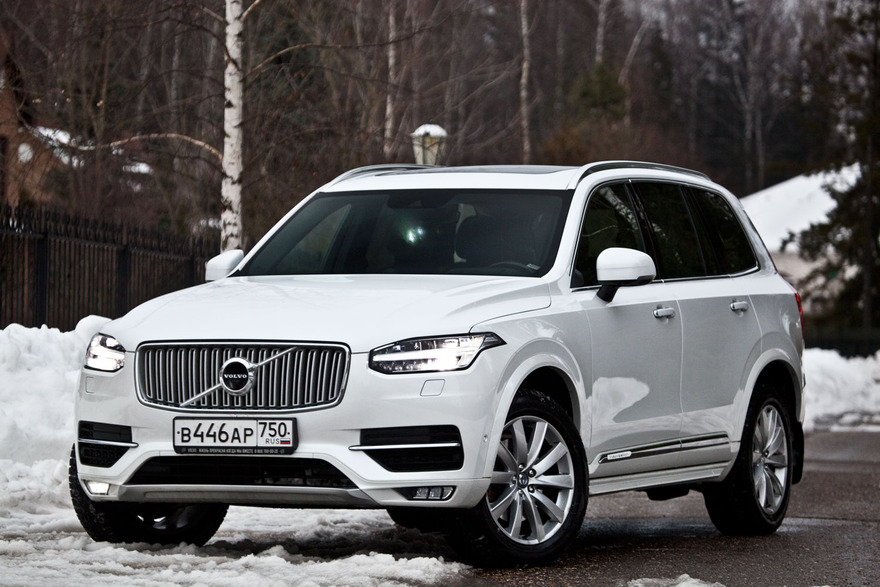
Honestly, when there's a new Volvo XC90, I was slightly disappointed in the appearance (exterior and interior), there has been little visible change, but greatly increased price. Yes, and in the powertrain development of the company went on the eco-friendly way, and most loaded the two-liter four-cylinder engines.

On the other hand, I deeply respect this policy, aimed not only to human security, but also to preserve the environment. Volvo makes clear line integration of their vehicles in a clean and environmentally friendly environment of existence, so that they have caused minimal damage and maximum correspond to the most important human needs.

This same concept applies to the use of environmentally friendly materials, and the entire design of the updated car. This is especially noticeable in white. Clear, precise, straight lines, nothing more — no vyshtampovki door, even on the hood almost imperceptibly. Smooth and sleek bumper pads, soft outline of the roof and bonnet. Almost perfect in terms of the geometry of the radiator grille and as succinctly inscribed in her Volvo logo. Even optics — without playfulness and «Curly», a purely Scandinavian simplicity and restraint.
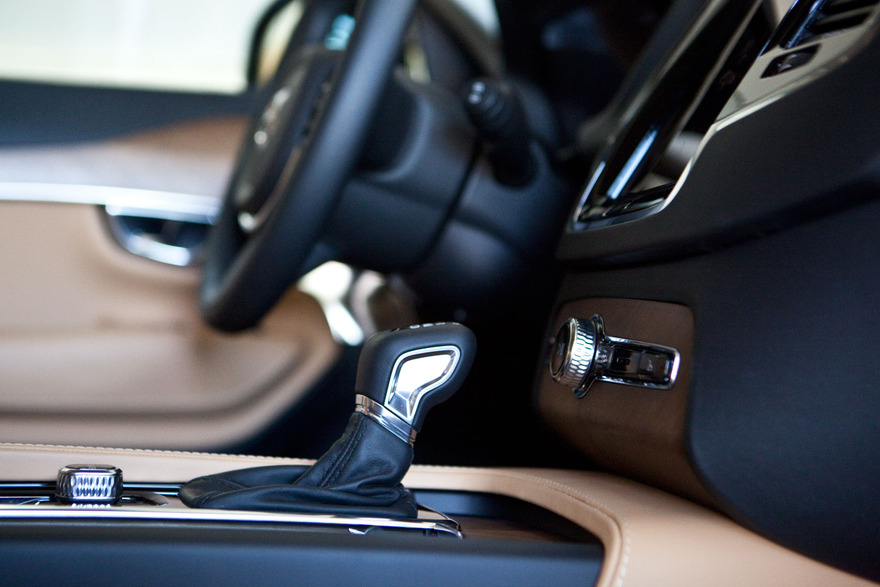
Gasoline T6 top version with a capacity of 320 hp quite a playful despite the 4-cylinder engine. Friends, however, say that when the hill, and the five of us, the motor becomes difficult to drag all this weight, but I have a load has not happened, and one or two of us to go up the hill even more than fun.
As for the D5 diesel, which I also tested, there is my main complaint was the noise of the engine is too strong. This reduces the comfort in my understanding. And the pickup I expected more from the car.
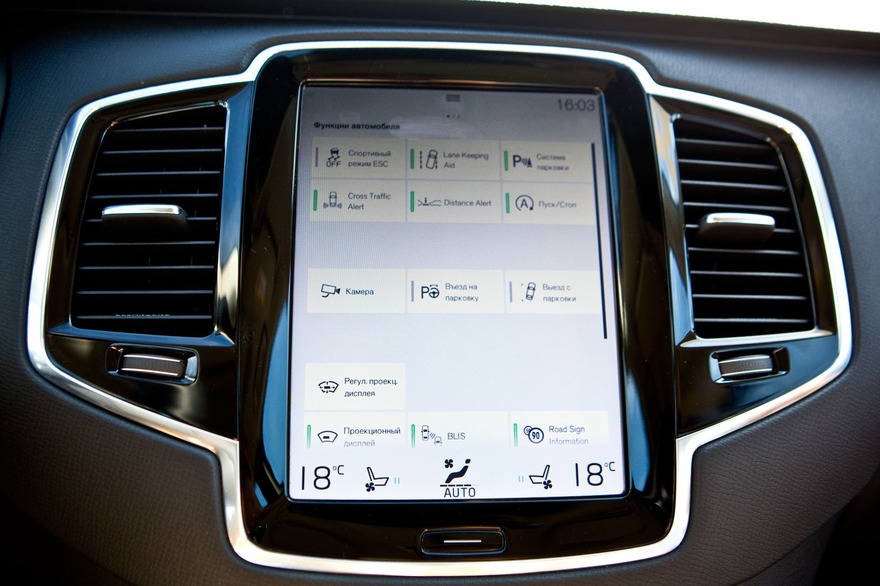
In terms of comfort I found in the new XC90 has not only advantages but also disadvantages. At that time, as the most caring vendors now support the trend has come back make the basic functions of the control buttons on the steering wheel or a separate center console (for example, the inclusion of the seat heating or management automatic engine cut-off during stops), here they are hidden deep all the way around the main display. It is not comfortable.
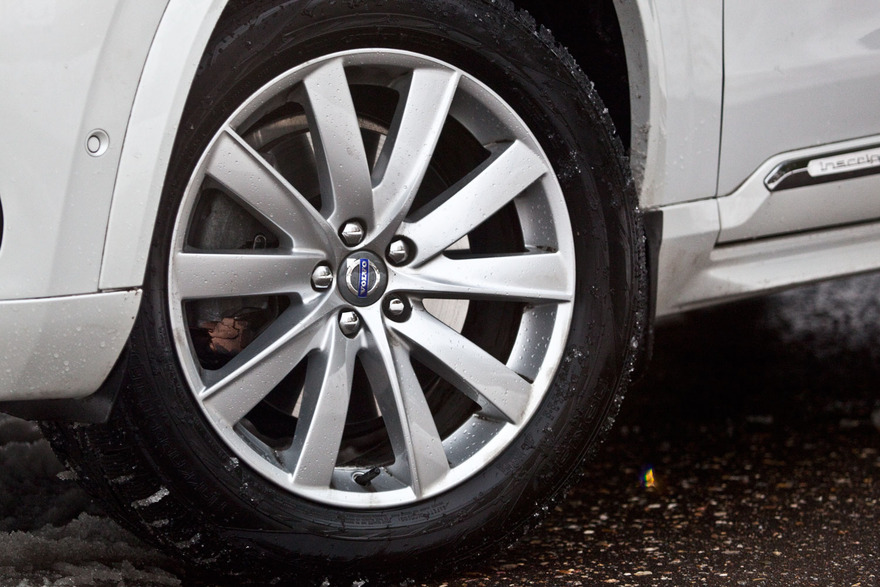
But compared to many of the same class SUV, XC90 is quite low, so it was convenient to sit down, and high enough to safely overcome the lack of roads.
In addition, thanks to correctly calculate the aerodynamics even when driving on a dirt road and the car remains clean for a long time, and the main areas of contamination — a rear wing and a vehicle feed, including the tailgate and bumper.
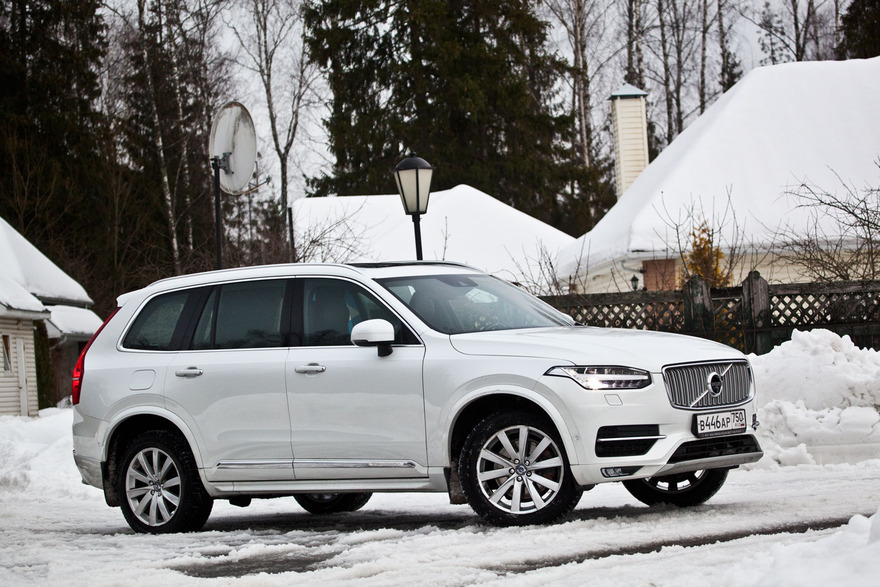
As a whole week of travel by car left me more than pleasant.
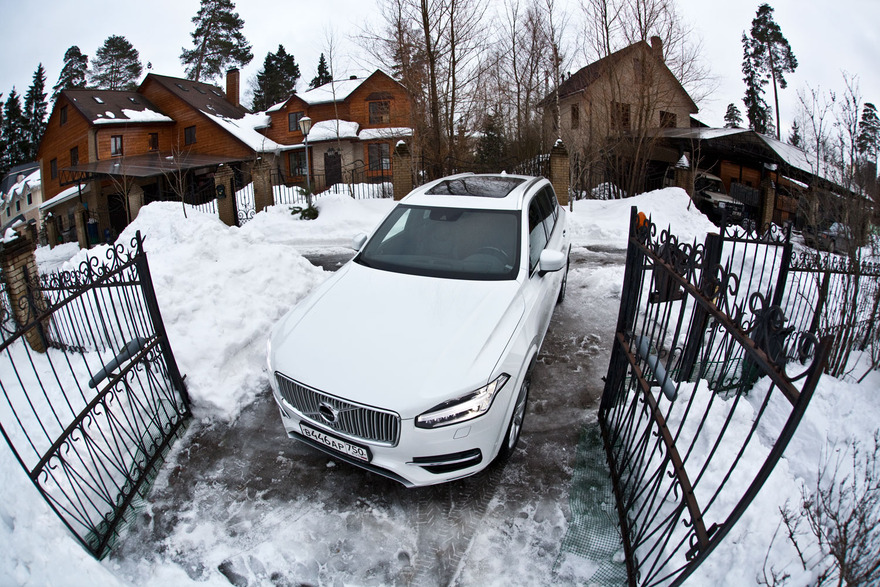
P. S. In addition to adherence to the doctrine of purism, representatives of Volvo's obviously still are optimistic, «Life.» In all my contacts with the car, despite the overcast sky and rain falling in some places, the weather forecast at the Volvo has always been very sunny. Although, maybe it's all because the approaching spring acts!
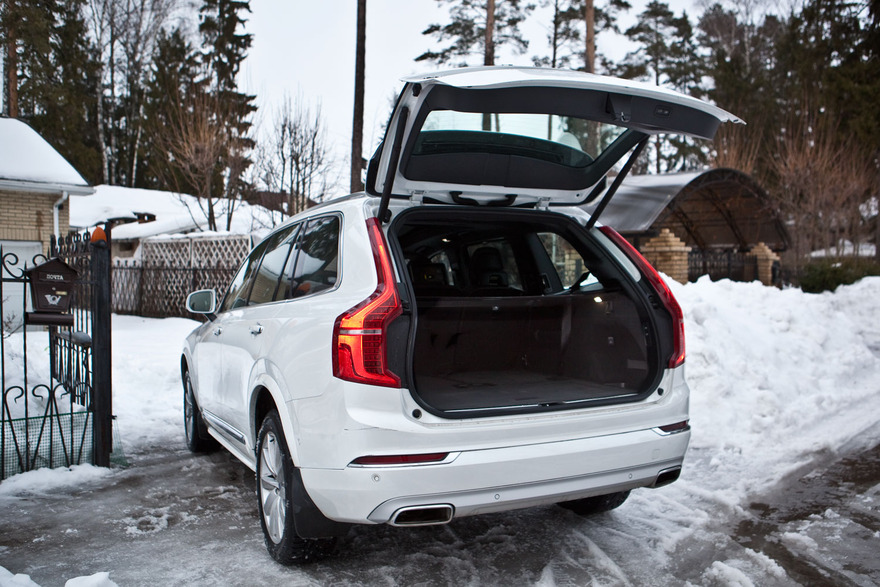
Photo: Maria Melnikova









